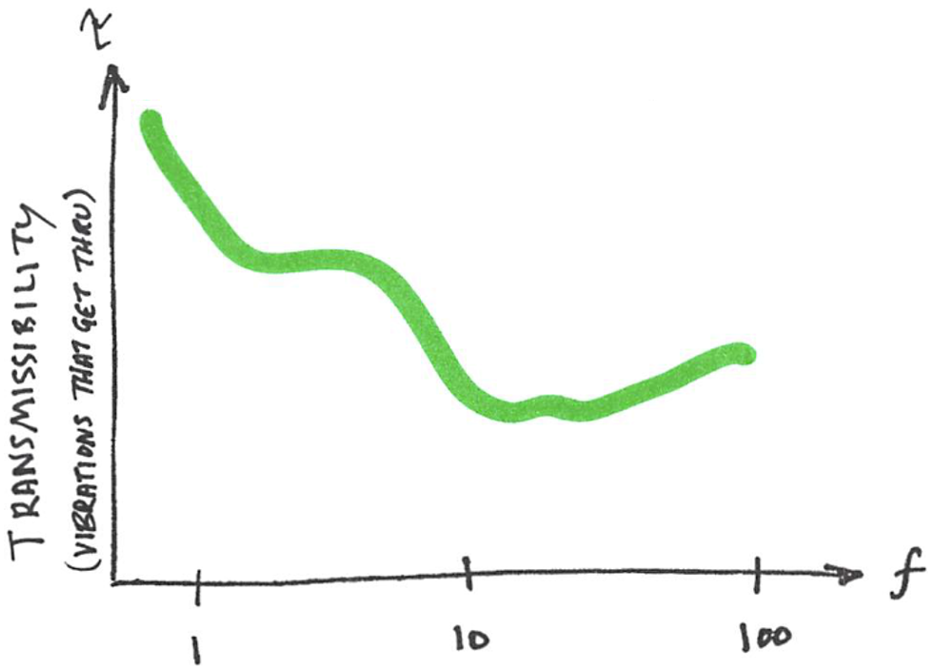If you are a member of IEST and have some interest in low-vibration environments in research settings, I will encourage you to sit in on a session on "Nanotechnology Case Studies" at ESTECH. I'll be presenting some work on the statistical methodologies that we have been developing over time. I know of at least three other presentations, and they all look intriguing. So, I hope that this will be well-attended. See the abstract for my paper below.
"Nanotechnology Case Studies", ESTECH 2017, May 10 from 8AM to 10AM
Consideration of Statistical Descriptors in the Application of Vibration Criteria
Byron Davis, Vibrasure
Abstract:
Vibration is a significant “energy contaminant” in many manufacturing and research settings, and considerable effort has been put into developing generic and tool-specific criteria. It is important that data be developed and interpreted in a way that is consistent with these criteria. However, the criteria do not usually include much discussion of timescale or an appropriate statistical metric to use in determining compliance. Therefore, this dimension in interpretation is often neglected.
This leads to confusion, since two objectively different environments might superficially appear to meet the same criterion. Worse, this can lead to mis-design or mis-estimation of risk. For example, a tool vendor might publish a tighter-than-necessary criterion simply because an “averaging-oriented” dataset masks the influence of transients that are the actual source of interference. On the other hand, unnecessary risk may be encountered due to lack of information regarding low- (but not zero-) probability conditions or failure to appreciate the timescales of sensitivities.
In this presentation, we explore some of the ways that important temporal components to vibration environments might be captured and evaluated. We propose a framework for data collection and interpretation with respect to vibration criteria. The goal is to provide a language to facilitate deeper and more-meaningful discussions amongst practitioners, users, and toolmakers.




